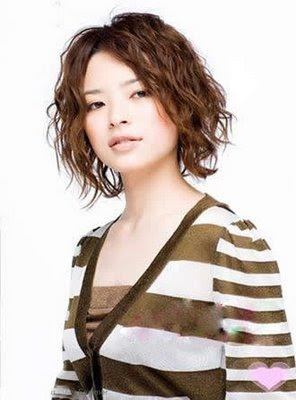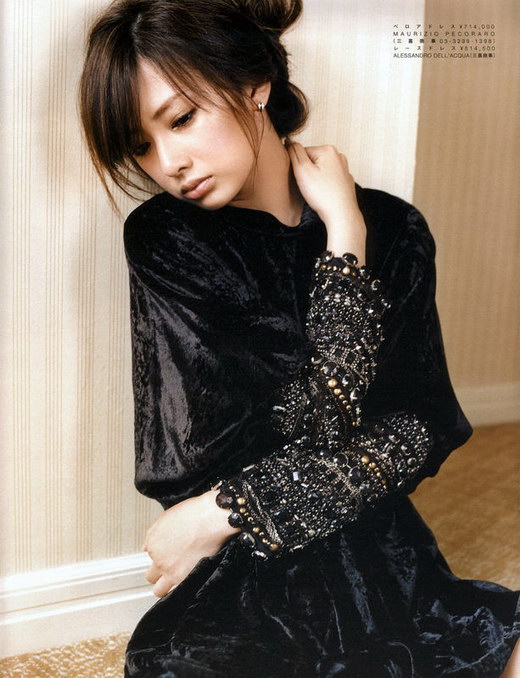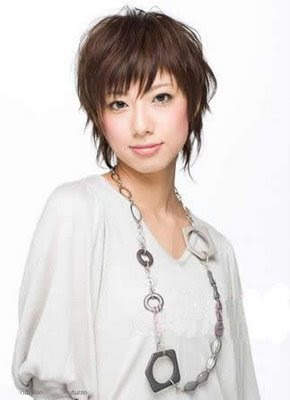



Tourists visiting Tokyo's Shibuya ward near the Harajuku Station may find themselves wondering if they have suddenly stepped out of the world and into a carnival of beautiful performers all in the split of a second. It does seem so, as the area is frequented by young Japanese teenagers who express themselves with such startling vibrance it can't help but remind one a bit of Noh theatre.
Harajuku kids, as they are called, have been called the modern geisha of today, and rightfully so. Their culture has been most famously documented in a series of photography books called Fruits by Shoichi Aoki, including small interviews and tidbits of information about the kids and their lifestyles.
The most oft-asked question seems to be: Why do they do it? There is no conclusive reason, although the simplest answer seems to be: Why not?
The emergence of the colorful dress seems to have been around since the 1980's, when Sundays at Omotesandō and the street that passes through Yoyogi Park were host to a gathering of bright costumes while the street was closed to traffic. The street was reopened in 1990 and the gathering seemed to die down at that time, but has since popped up sporadically in other locales, specifically the Harajuku Station area. Should you tour this area, you may also see what are called Visual Kei. This refers to a trend of Japanese musicians dressing flamboyantly -- think the hair metal era, but with vivid color replacing the ubiquitous black clothing. Visual Kei are also well known for favoring an androgynous look, which is a very popular look among Harajuku boys. The Japanese band Dir En Grey are the most iconic representation of this fad's origin.
The area is home to two main shopping streets, Omotesandō and Takeshita-dōri. These areas cater directly to the Harajuku set, selling the sorts of clothing and accessories they frequently wear on the streets. The trens seems to have split off into several different subsects: Gothic Lolita, which is a doll-inspired aesthetic, Ganguro, which seems almost sixties-themed with its white hair and makeup and dark skin contrast, and Kogal, the high fashion-conscious group which can be easily confused with Ganguro (as they sometimes favor a similar look.) The popularity of the Harajuku image propelled singer Gwen Stefani to hire four dancers for her European tour in 2004, called "The Harajuku Girls." Stefani has been a vocal supporter of the fashion of Harajuku and also promotes her own clothing line called Harajuku lovers, which is heavily influenced by the wild fashions of the district.











No comments:
Post a Comment